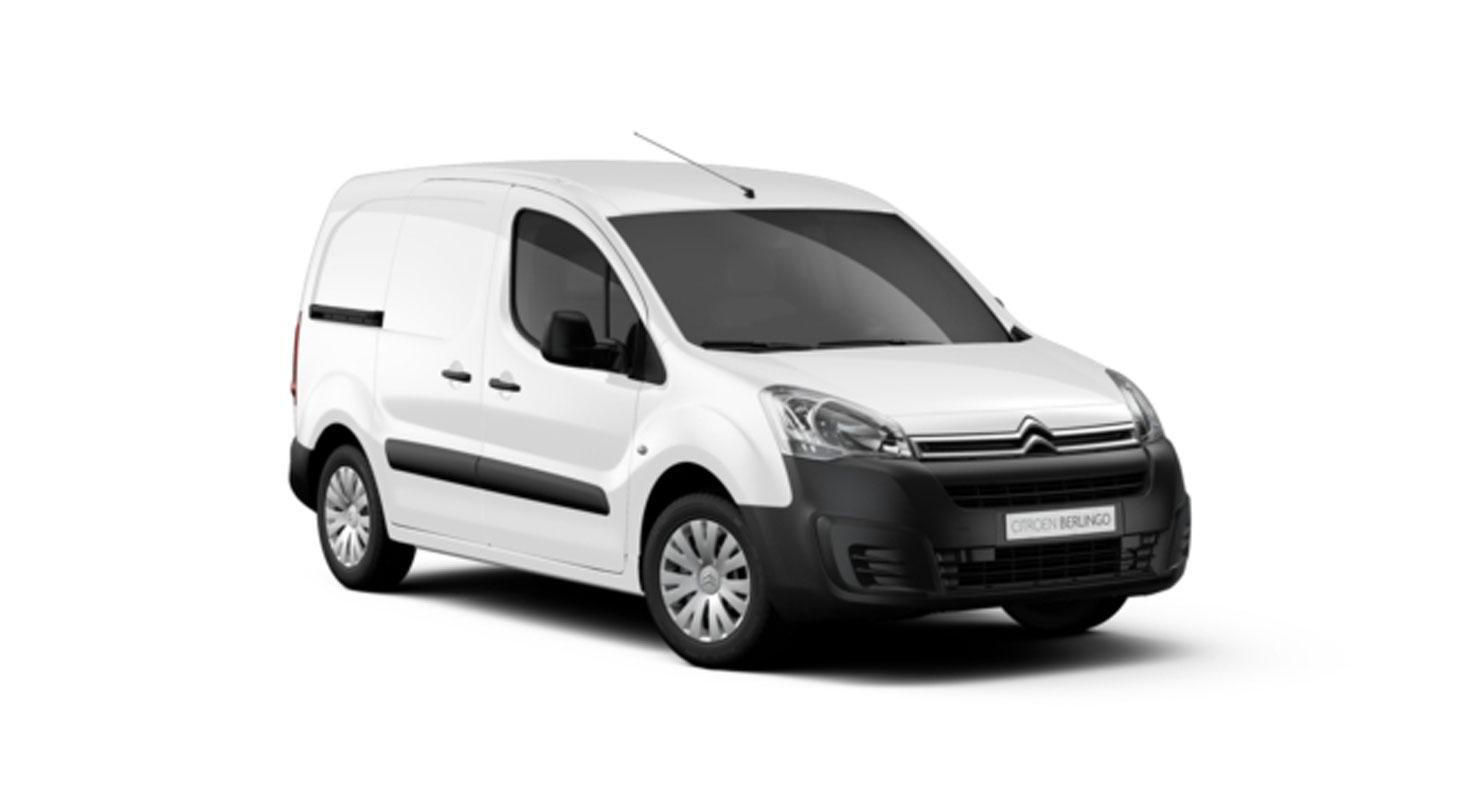
06th September 2018 | By Ray Tyler
Electric Goods Vehicle
New Laws Concerning Electric VehicleElectric Goods Vehicles
An Electric Goods Vehicle now needs an MOT.
From Saturday 1 September 2018, electric vans will no longer be exempt from the MOT if they:
- have a gross weight not exceeding 3,500kg
- were first registered on or after 1 March 2015
Consequently these vehicles will need their first MOT on the third anniversary of when they were registered.
Furthermore if your vehicle is no longer exempt and the third anniversary has already passed. It will need a current MOT to be legally driven and taxed.
Finally, if you are driving an electric light commercial vehicle that is over 3 years old that requires an MOT. Call Autoexperts in Medway today and book your vehicle in.
MOTing an Electric Goods Vehicle
Step 1: Firstly the chassis number and registration number will be checked and logged onto the official MOT test website. Secondly, a check of the windscreen for damage which includes chips and cracks will be carried out. Whilst the tester is in that vicinity he would carry out a visual check on the condition of the wiper blades.
Step 2: Next the seat belts operation (both front and rear) will be checked. These checks will also include looking for signs of any damage including fraying.
Step 3: A check that all the lights and that the horn is working correctly. Any dashboard warning lights that may be present will also be noted down at this stage.
Step 4: Windscreen wiper operation and their ability to clear the screen by using the washers will be tested.
Step 5: The vehicle is raised into the air and the steering and suspension will then be checked to ensure that it is all in good working order. This part of the MOT includes spinning each wheel freely. The tester then checks the condition of the tyres and the correct bearing operation.
Step 6: Checks are now carried out for signs of any corrosion. The corrosion is not permitted within 30cm of any key structural points. Structural points include suspension or seat belt mounting/anchorage points. MOT testers are not permitted to remove anything from a vehicle to help check for rust. Any parts of the body that is hidden by underbody panelling will stay put.
Step 7: The vehicle’s braking system will be checked. This includes handbrake and signs of brake fluid leakage around the master cylinder, from callipers or rear wheel cylinders.
Step 8: Finally, the brakes will be tested in the brake rollers to check their efficiency, this also includes the handbrake operation.
Back to news articles